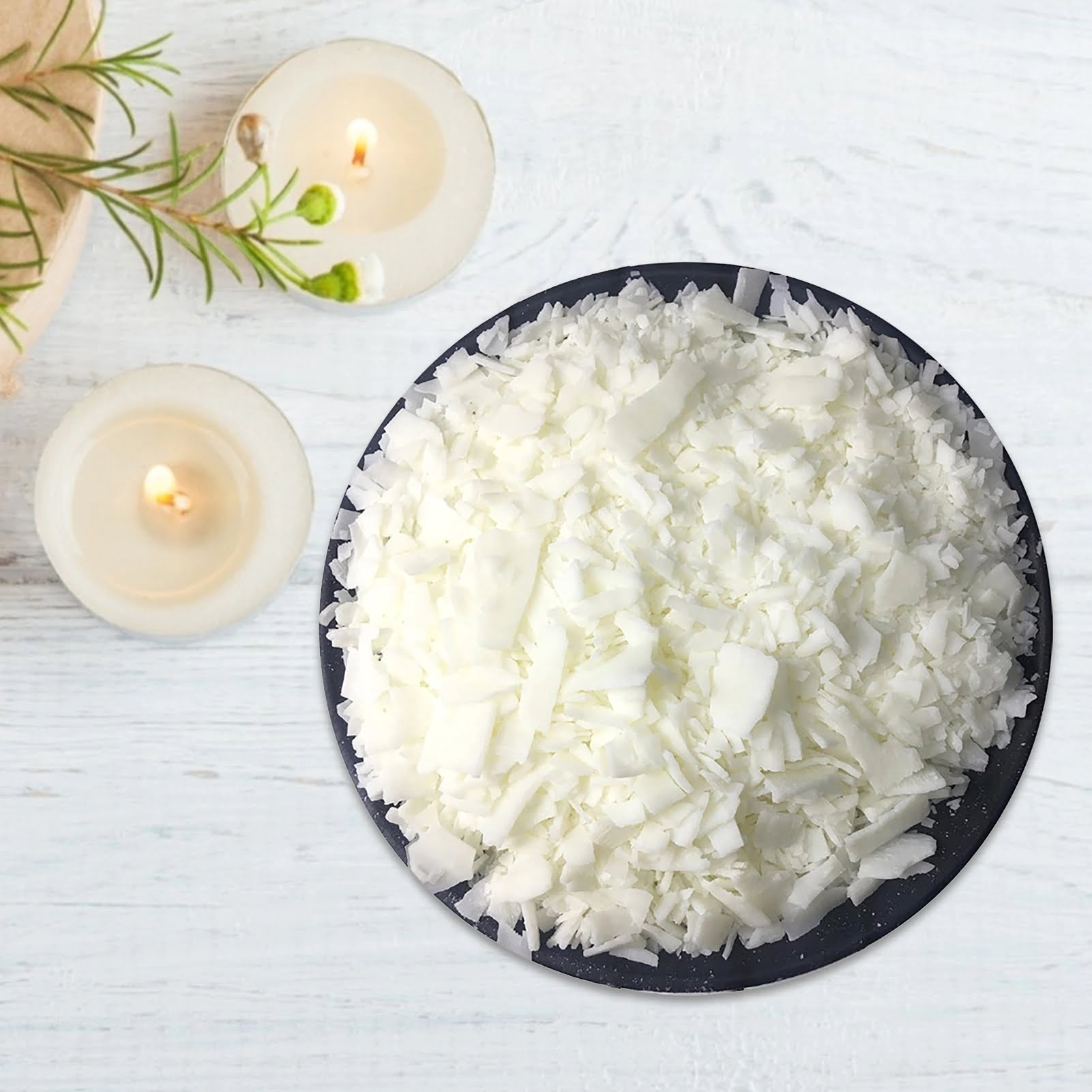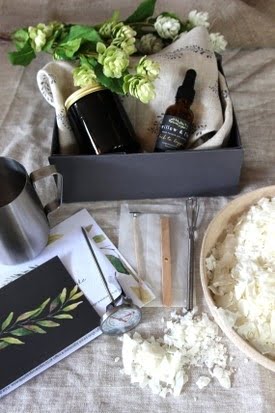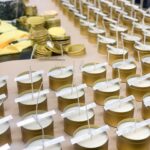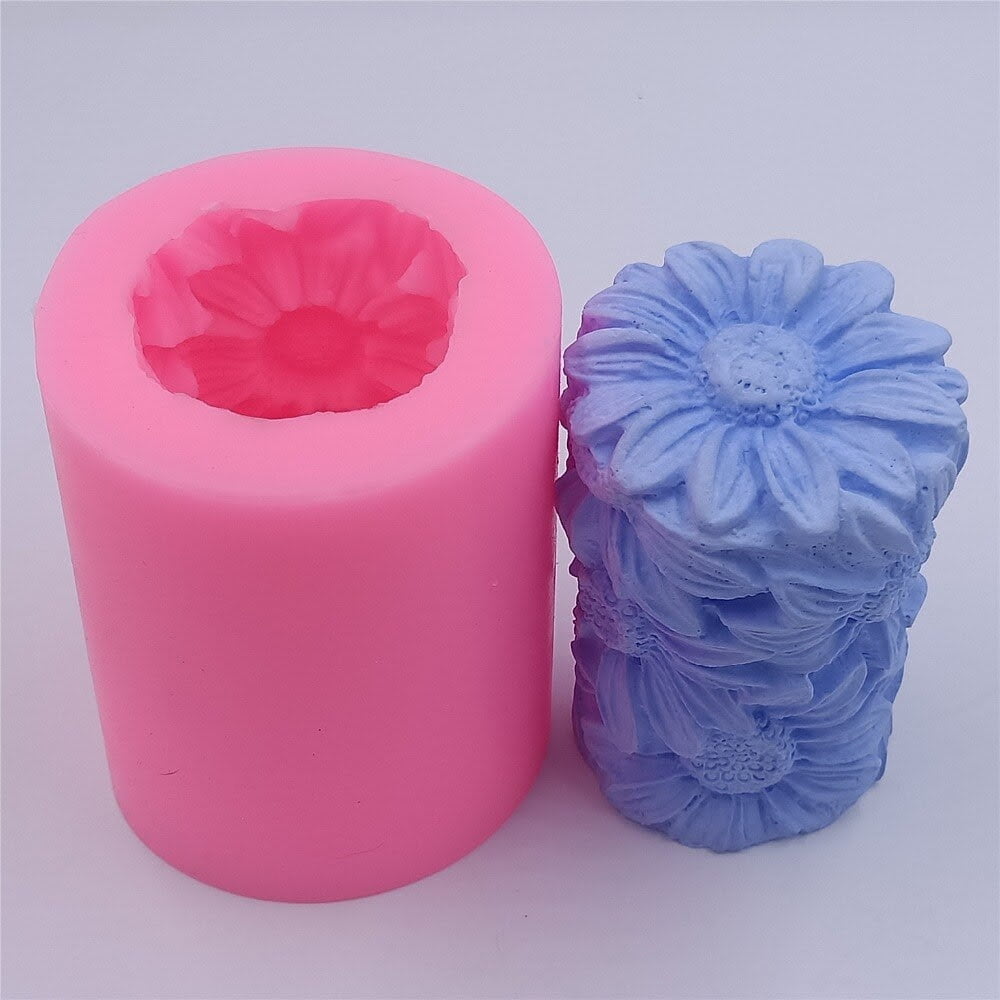Introduction
Making candles versus wax melts is an important distinction to make as there are numerous differences that must be addressed, making each type of homemade fragrance product unique. Candles will generally require wax and a wick, while wax melts don’t need any additional elements. When it comes to these scent-infused products, you can divide them into two main categories – candlemaking and melting wax.
With regards to candlemaking, you can use fragrances such as essential oils, synthetic perfumes and other scented ingredients with either natural or artificial dyes to customize the color. You can also draw attention to your candles by decorating them with herbs and spices, beads, ribbons or dried flowers if desired. Wax melting offers similar options when it comes to customizing the scent but instead of using a wick you will use special electrical wax-melting devices like the Scentsy warmers that simply melts the wax without flame or smoke. You can also add an array ofdecorations inside the melt tray: stones, seashells or other small objects depending on your desired look. The end product – regardless of whether candlemaking or wax melting – is primarily decided by what materials and fragrances you decide to use in order to create something unique for you or someone else to enjoy!
The Basics
Making candles is an age-old practice that dates back to ancient times, but in recent years wax melts have become a popular way to burn aromas and create ambiance. While both candles and wax melts have their uses, there is an important difference between them. Candles are made up of hard or liquid wax while wax melts are hard or soft molded pieces of wax.
The most common types of wax used in the making of candles are paraffin, beeswax and soy. Paraffin is a petroleum based product that has good heat retention and burning qualities, although it does give off toxic fumes so it should be used in well-ventilated spaces. Soy and beeswax are natural alternatives to paraffin which provide a cleaner burning experience and less environmental impact. However, as they have lower melting points than paraffin they must be used with care as too much heat can cause them to start melting properly.
Wax melts on the other hand usually consist of vegetable based oils blended with synthetic fragrances or essential oils before being placed into pre-made molds or formed into shapes using silicone molds. Because they are harder than regular candle waxes they melt at higher temperatures, typically above 140 degrees Fahrenheit which allows them to release their scent faster but also means that they tend to be less likely to spill if knocked over compared to loose melted wax in a container like with many container candles.
Process
Creating a candle requires several supplies, including a heat source for melting and pouring the wax. Popular methods for melting wax include using a stovetop, double boiler, or a slow cooker. The wax can also be melted in a pot over direct heat from an open flame. The heat source should always be closely monitored when melting and pouring the wax to avoid spills or accidents.
In addition to the heat source, cleaning supplies such as paper towels or sponges along with soap and water are also required to clean up any spilled wax.
Once the wax has been melted, it needs to be poured into a mold of your choice. Depending on your desired size and shape of your candle, you may need different sizes of molds with wicks that have been attached previously. After adding dye and scent if desired and allowing them to cool enough so that they harden which usually takes about 30 minutes, the candles are ready for use or packaging.
For creating wax melts rather than candles, many of same supplies are required except no molds are needed since these are designed for use in oil burners instead of hanging on their own as traditional candles do. In most cases no wick is necessary either as meltable form of paraffin/soy blend is usually used rather than beeswax which requires wicks. Again, dye and scent can be added if desired before pouring into 1 inch slabs like you would do with brownies in order to cut them down into shapes later on after they completely cool down.
Advantages
One of the main advantages of making candles versus wax melts is that candles have a longer burn time than wax melts. Candles provide hours of enjoyment, while wax melts are often only used to scent a room for a short period of time before needing replaced. Additionally, with candles, you can enjoy the delightful sight of sparkling flames and the soft glow of candlelight as you relax in your home; whereas with wax melts that pleasure is absent.
Another advantage of making candles versus wax melts is that it usually requires far less storage space than storing numerous packages filled with wax melts. After making a candle, it can be stored easily in any cupboard or drawer. Wax melts, on the other hand, require more attention when it comes to storage — they must be kept dry and away from direct sunlight.
Lastly, with regards to scent, candles can often provide a stronger aroma than their wax melt counterparts because they give off a concentrated scent while they burn. However, this same intensity isn’t necessarily achieved with wax melts as their fragrant undertones tend to be subtler than those from candles. Still, if you’re looking for subtle scents throughout your home then wax melts might be best for you!
Variety
When it comes to variety, candles and wax melts offer many different styles to choose from. Traditional candles come in many shapes and sizes, with aromatic fragrances like lavender, rose and sandalwood being among the most popular scents. In addition to shape and scent, there are a wide range of colors to choose from including pink, blue, grey or natural ivory. For an even more stylish look, some classic candle styles come in hand-painted designs that make them stand out from the rest.
Modern wax melts also have a lot of options for customization. They often come in fun shapes like stars, snowflakes and hearts that can add a decorative element to any space. As for scents, one benefit of wax melts is their ability to mix different scented oils to create personal blends that can’t be found in traditional candles. While traditionally colored wax melts are still popular, there are also shimmery and glittery varieties as well as those with creative patterns on them.
Safety
When making candles or wax melts, it is important to follow important safety tips to protect both yourself and your surroundings. Before getting started, be sure to cover the surfaces you will be working on with an old towel or newspaper as wax can damage furniture and other surfaces. Always ensure that any area you are working in is well-ventilated, such as with open windows or a fan, as the fumes from melting wax can be dangerous if inhaled. Additionally, always wear protective clothing like long sleeves and gloves when handling hot wax or melting it—even if you are just cleaning up spilled wax once melted. Lastly, make sure any appliance used for melting wax (such as a slow cooker) should only be used for candlemaking projects exclusively to prevent the potential ingestion of hazardous materials.
Costs
When it comes to the costs of making candles versus wax melts, there are many factors that should be taken into account. First, consider the cost of wax for both types of products. Soy wax is typically more expensive than paraffin or beeswax, but soy candles also burn longer and are biodegradable. For wax melts, look for a low melt-point type of wax, such as soy or beeswax, since these will melt at lower temperatures and maintain their scent longer than paraffin. Additionally, you’ll need to factor in the cost of wicks and fragrances for the product you’re making. If you’re making scented candles then essential oils can be economical, although fragrance oils are usually best suited for wax melts because they tend to hold up better over time and create a stronger scent when melted. In addition to all this, if you’re making container candles then keep in mind the price of containers or holders may be higher depending on type and size. On top of all that, some additional supplies may be needed such as pinking sheers or glue guns if your design needs them. Depending on the quantity being made and where materials are sourced from pricing can vary considerably – so always do your research before purchasing any supplies!
Economic Benefits
Making candles and wax melts at home can be financially rewarding. For personal use, the cost of supplies for making wax melts or a candle is generally less expensive than buying a store made one. This can be especially beneficial to those on a tight budget as it allows them to save money by creating items from raw materials rather than purchasing them ready-made.
For those looking to make a profit, making your own candles and wax melts offers even more savings as you have complete control over the ingredients and quantity of goods produced. Unused supplies can easily be re-purposed or stored for later use, effectively reducing your overall costs. Furthermore, you’ll save on labour costs associated with outsourcing production or having employees assemble items for sale in bulk orders. Being able to produce high quantities at once helps keep costs down – both with the ingredients and labour – ultimately increasing your profit margin and allowing you to expand into larger markets with competitive prices.
Conclusion
When it comes to making candles versus wax melts, there are a few key differences. The main difference is that candles are usually made from beeswax or soy wax, while wax melts contain plant-based wax. The difference in the ingredients used can affect the scent, melting point and burning properties of the two types of wax finished products. Furthermore, when it comes to how they are used differently, candles tend to be a larger size and meant for décor purposes, while wax melts are smaller and melt quickly. It is important to understand these differences so that you know what product is best suited for your needs. Candles are perfect for creating ambient or mood lighting, while wax melts provide a short-term fragrance experience.
Overall, being knowledgeable about the different between making candles and wax melts can make a big difference when seeking out a specific method of enhancing the atmosphere in one’s home or workspace. Understanding what type of product you need to create will enable you to fully optimize the benefits each offers.

Welcome to my candle making blog! In this blog, I will be sharing my tips and tricks for making candles. I will also be sharing some of my favorite recipes.





